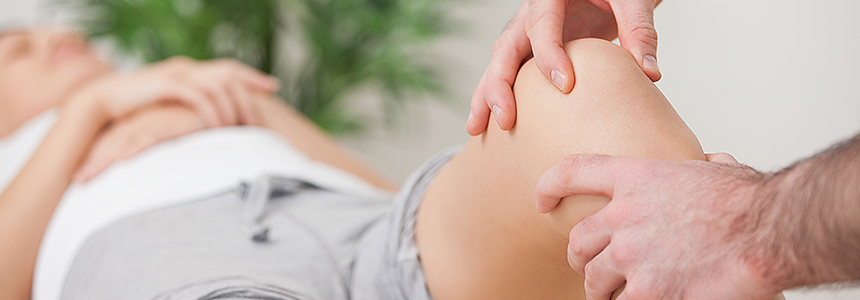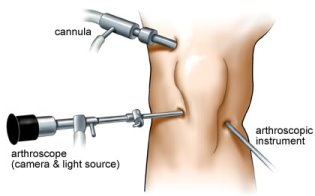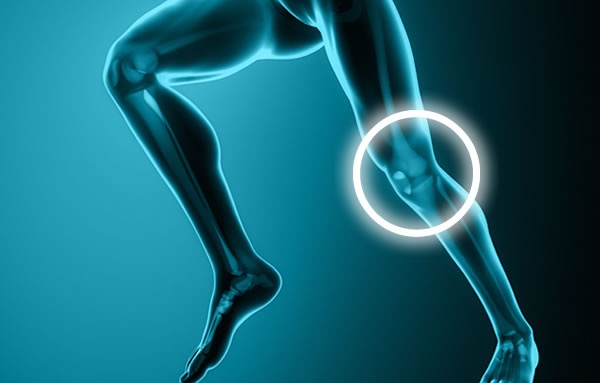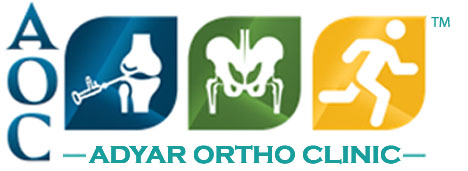Arthritis Keyhole Surgery

Adyar Othro Clinic specializes in Cost Effective Arthritis Keyhole Surgery.
Schedule an Appointment
Please select service, date and provider then click on the Find Appointments button.
An arthroscopy is a type of keyhole surgery used to diagnose and treat problems with joints. It’s most commonly used on the knees, ankles, shoulders, elbows, wrists and hips. The equipment used during an arthroscopy is very small, so only small cuts in the skin are needed. This means it has some advantages over traditional, “open” surgery, including:
Less pain after the operation, Faster healing time, Lower risk of infection, You can often go home the same day, You may be able to return to normal activities more quickly
When an arthroscopic keyhole surgery is used?

You might need an arthroscopy if you have problems such as persistent joint pain, swelling or stiffness, and scans haven’t been able to identify the cause.
An arthroscopy is used to assess the level of joint damage resulting from an injury, such as a sports injury, or from underlying conditions that can cause joint damage, such as osteoarthritis.
The arthroscopy procedure is used to treat a range of joint problems and conditions, including:
Repairing damaged cartilage, Removing fragments of loose bone or cartilage, Draining away any excess fluid, Treating arthritis, frozen shoulder, carpal tunnel syndrome or temporomandibular disorder (TMD)
For Questions related to arthroscopic keyhole surgery call us on +91 9962 66 77 44.
How an arthroscopic keyhole surgery is carried out
Preparing you for keyhole surgery
Before having an arthroscopy, you’ll usually be given an appointment to attend a pre-admission at Adyar Ortho Clinic.
During the appointment, your general health is assessed to make sure you’re ready for surgery. We will give you information about issues such as:
What and when you can eat and drink on the day of surgery
Whether you should stop or start any medications before surgery
How long it will take for you to recover from surgery
Whether you’ll need to do rehabilitation exercises after surgery
Our surgical team will explain the benefits and risks associated with having an arthroscopy. We will ask you to sign a consent form to confirm you agree to have the operation and that you understand what’s involved, including the potential risks.
Arthroscopic keyhole surgery procedure

An arthroscopy is usually carried out under general anaesthetic, although sometimes a spinal or local anaesthetic is used.
Our anaesthetist will explain which type of anaesthetic is most suitable for you. In some cases, you may be able to say which you would prefer.
If you have a local anaesthetic, your joint will be numbed so you don’t feel any pain. You may still feel some sensations during the procedure, such as a slight tugging, as the surgeon works on the joint.
Antibacterial fluid is used to clean the skin over the affected joint and a small cut, a few millimetres long, is made in the skin next to the joint so that a device called an arthroscope (a thin, metal tube with a light and camera at one end) can be inserted.
One or more additional incisions will also be made so that an examining probe or other fine surgical instruments can be inserted.
The joint is sometimes filled with a sterile fluid to expand it and make it easier for the surgeon to view. The arthroscope sends images to a video screen or eyepiece, allowing the surgeon to see inside your joint.
As well as examining the inside of the joint, if necessary, your surgeon will be able to remove any unwanted tissue or repair any damaged areas using tiny surgical instruments inserted through the additional incisions.
After the procedure, the arthroscope and any attachments are removed, along with any excess fluid from the joint. The incisions are usually closed using special tape or stitches and covered with a sterile dressing.
An arthroscopy usually takes between 30 minutes and two hours, depending on the type of procedure carried out. You’ll either be able to go home on the same day as the surgery or the following morning.
Recovering from an arthroscopy
 Recovery time from an arthroscopy depends on the joint involved and the specific procedure you had.
Recovery time from an arthroscopy depends on the joint involved and the specific procedure you had.
It’s often possible to return to work and light, physical activities within a few weeks, but more demanding physical activities such as lifting and sport may not be possible for several months.
Our surgeon or care team will let you know how long it’s likely to take to recover and what activities to avoid until you’ve fully recovered.
While recovering, contact your GP or surgical team for advice if you think you may have developed one of the complications described below.
For Questions related to recovery after arthroscopic keyhole surgery call +91 9962 66 77 44.
What are the risks in arthroscopic keyhole surgery?
An arthroscopy is generally considered to be a safe procedure, but like all types of surgery it does carry some risks.
It’s normal to experience short-lived problems such as swelling, bruising, stiffness and discomfort after an arthroscopy. These will usually improve during the days and weeks following the procedure.
More serious problems are much less common, occurring in less than 1 in 100 cases. They include:
a blood clot that develops in one of the limbs – known as deep vein thrombosis (DVT), it can cause pain and swelling in the affected limb
infection inside the joint – known as septic arthritis, it can cause fever, pain and swelling in the joint
bleeding inside the joint – which often causes severe pain and swelling
accidental damage to the nerves near the joint – which can lead to temporary or permanent numbness and some loss of sensation
